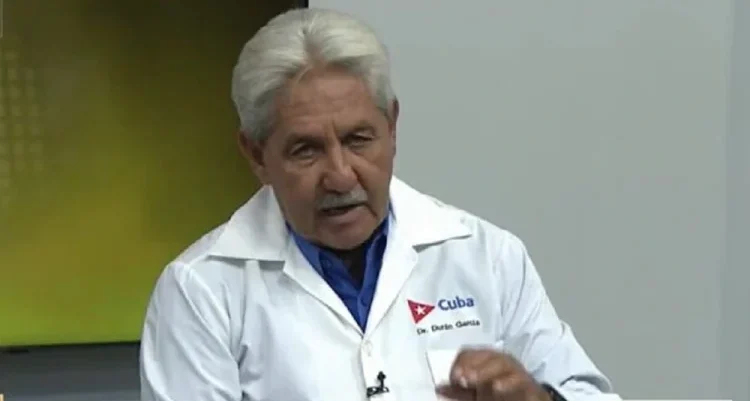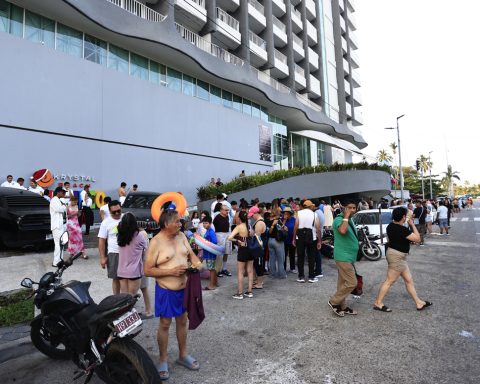The National Government is promoting the updating of the legal framework for the railway system, which is more than 100 years old (Law 76 of 1920), for which reason the statement of reasons and the proposed article were filed today before the Congress of the Republic, which aims to provide legal tools that allow the definitive and permanent reactivation of the national railway network, and that acts with the other modes in an intermodal, interoperable and complementary manner.
You can read: Invías awarded contract to recover km 85 of the Cartagena – Barranquilla highway
The Railway Bill proposes to modify the time in railway PPP concessions, which will facilitate financial closings and guarantee long-term investments. With this law, strategic projects such as the Pacific APP and the Central Railway corridor will become a reality.
“Through the new Railway Law, we will build a modern, safe and sustainable system that connects the regions and boosts the economy. This bill was prepared and updated with the regulatory needs and long-term vision defined in the Railway Master Plan and National Development Plan 2022-2026, for the definitive reactivation of the railway mode in the country,” said Maria Constanza Garcia Alicastro, Minister of Transport.
The country has a railway network of 3,533 km, of which Only 29% are active or in operation (1,024 km), handling 11% of the country’s total cargo.
It is important to note that active corridors are those projects that have the greatest demand and market capacities, connect the main production and consumption centres, logistics nodes and seaports, and are considered the fundamental basis for the interconnection of the different corridors with modes of transport such as road or river.
You can read: The ANI awarded the administration of the Pacific railway corridor and is advancing in designs
Railway network in Colombia.
Private file
In operation are the corridors: La Dorada – Chiriguaná (554 km), Bogotá – Belencito (306 km), and the ChiriguanáSanta Marta Concession (245 km).
The project aims to regulate activities associated with the provision of public service
rail transport of freight and passengers within the scope of the national railway network (network in charge
of the nation), establish the conditions for the development of its infrastructure, its institutional order, the economic regime and the management and financing mechanisms of this mode of transport, as well as the definition of guidelines that promote intermodality, interoperability and complementarity for the sustainable, efficient and safe reactivation of the railway mode.
The initiative is made up of 46 articles divided into 9 titles, which will allow for the regulatory framework required for railway development in the country. Among the new features is the planning and prioritization of railway projects through the Transport Infrastructure Planning Unit – UPIT, which will be reported to the Intersectoral Commission for Transport Infrastructure Projects, and/or to other interested national bodies, such as the Sixth Commissions of the Senate and Chamber of the Congress of the Republic for follow-up. For the declaration of strategic importance, the provisions of Decree 2163 of 2018 will be complied with and the railway infrastructure will be declared as a determinant of territorial planning, by the municipalities through which the train passes.
Read also: Invías awarded contract to recover km 85 of the Cartagena – Barranquilla highway

Railway network
ANI
The bill also seeks to promote training programs in Colombia to develop competencies, knowledge and skills in the railway sector. It also establishes the route for planning and executing works for level crossings, where the safety of users will prevail. Finally, it establishes principles regarding free competition, universal access and coverage to meet the demand of the actors in the market.
This initiative, led by the Ministry of Transport, also seeks to strengthen intermodal transport in Colombia, reduce operating costs, improve the connectivity of production and consumption centers, boost regional economies and diversify the freight transport matrix, promoting the complementarity of road and rail modes.
Paula Galeano Balaguera
Portfolio Journalist

















